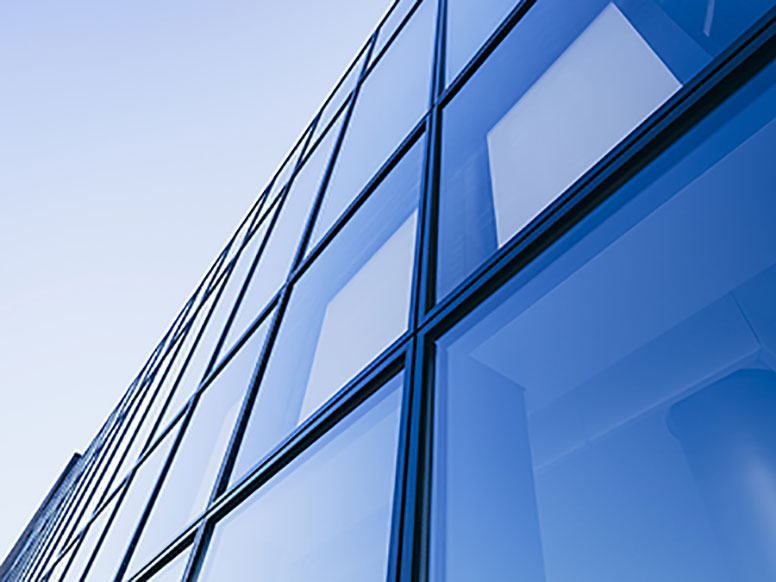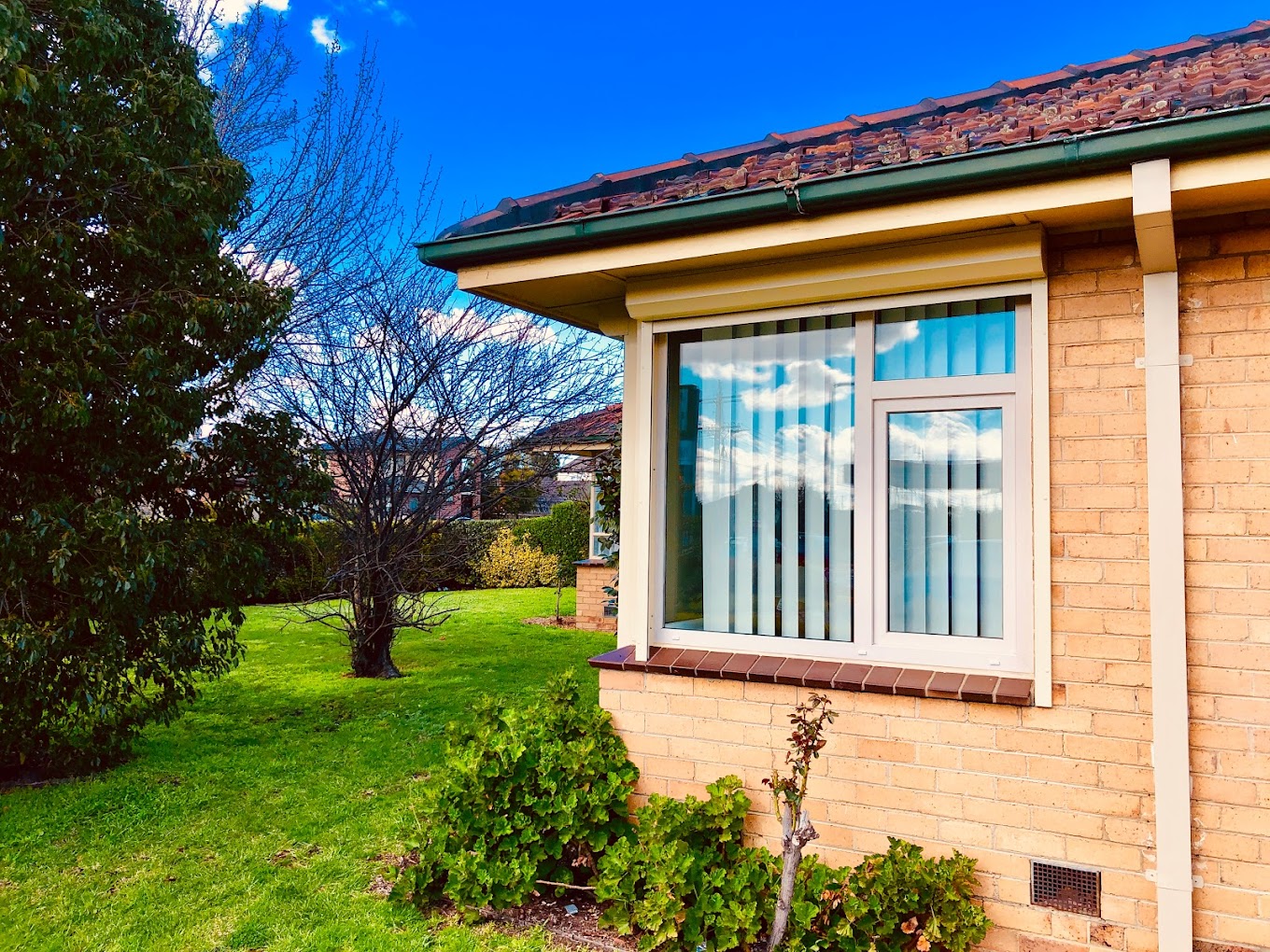All Categories
Featured
Table of Contents
The Science Behind Double Glazed Windows in Lynwood WA
That window can transfer more solar heat in winter than in summertime. A west-facing window on a summertime's afternoon has an angle of incidence from near 0 up to 30 with a large efficient location of solar radiation. A north-facing window, in summer, has a high angle of incidence and a low reliable area of solar radiation, so can transmit less heat than a west-facing one.

You can quickly and quickly improve the thermal performance of your home by changing your windows. There are thousands of types of glass and frames to select from.
Double Glazed Windows – Their Amazing Benefits For ... in The Vines Perth
There are several kinds of glass items to pick from. Single glazing utilizes a single pane of glass. Single glazing with clear glass is not very efficient when it pertains to heat loss or gain. To enhance performance, you can use single glazing with a more energy-efficient type of glass such as low emissivity (low-e) glass.
Numerous layers can be assembled with sealed cavities between each sheet of glass. IGUs normally provide much better energy performance than single glazing, because they transfer less energy. Nevertheless, the energy performance of IGUs also depends on: the properties of each layer of glass. Different glass types (for example, clear and low-e glass) can be assembled in an IGU.
Glazing in Hillarys Perth

IGU cavities can be filled with air or a more inert, low-conductivity gas such as argon the width of the cavity. Cavity thickness is normally 6 to 18mm. Broader cavities provide lower (better) U worths, with 12mm usually accepted as the preferred gap how well the cavity is sealed. Cavities must be dry and well sealed to prevent wetness getting in.
If argon is set up to the cavity in place of air, wetness is dependably left out the level of desiccant (drying representative). The spacer (metal or polymer strip) that separates the glass layers includes a desiccant to take in any wetness. Insufficient desiccant might cause wetness to condense on the glass surface area in cold conditions, lowering thermal efficiency.
Double Glazed Windows: A Complete Guide in Kewdale WA
IGUs can deliver better energy efficiency for all environments, specifically in heated and air-conditioned houses. Cross-section information of single, double and triple-glazing systems Low emissivity glass (frequently referred to as low-e glass) lowers heat transfer. Low-e glass might be either high or low transmission: High transmission low-e glass has a finish that enables daytime from the sun to enter the house to attain excellent solar heat gain, however minimizes the quantity of the long wavelength infrared heat that can get away back through the window.
Low-e glass has either a pyrolytic covering or a vacuum-deposited thin film metal finishing. Pyrolytic coverings are long lasting and can be utilized for any glazing; vacuum-deposited finishes are soft and are just used within IGUs. Low-e finishes can substantially enhance both U value and SHGC; nevertheless, they need to be used properly or they will either degrade or stop working to carry out as needed.
Double Glazed Windows Sydney in Canning Vale WA
Low-e coverings can be used in mix with clear, toned or reflective glass. Low-e coverings on glazing can reduce heat transfer where needed Picture: Department of Market, Science, Energy and Resources Toned glass has actually colouring additives included throughout manufacture. It is offered in different colours, generally bronze, grey, blue and green.
Table of Contents
Latest Posts
How Much Money Does Double New Glazing Save? in Piesse Brook Western Australia
Does Double Glazing Reduce Heat In Summer Uk? in Hocking Western Australia
Summer House Windows Online - Windows24.com in WA
More
Latest Posts
How Much Money Does Double New Glazing Save? in Piesse Brook Western Australia
Does Double Glazing Reduce Heat In Summer Uk? in Hocking Western Australia
Summer House Windows Online - Windows24.com in WA